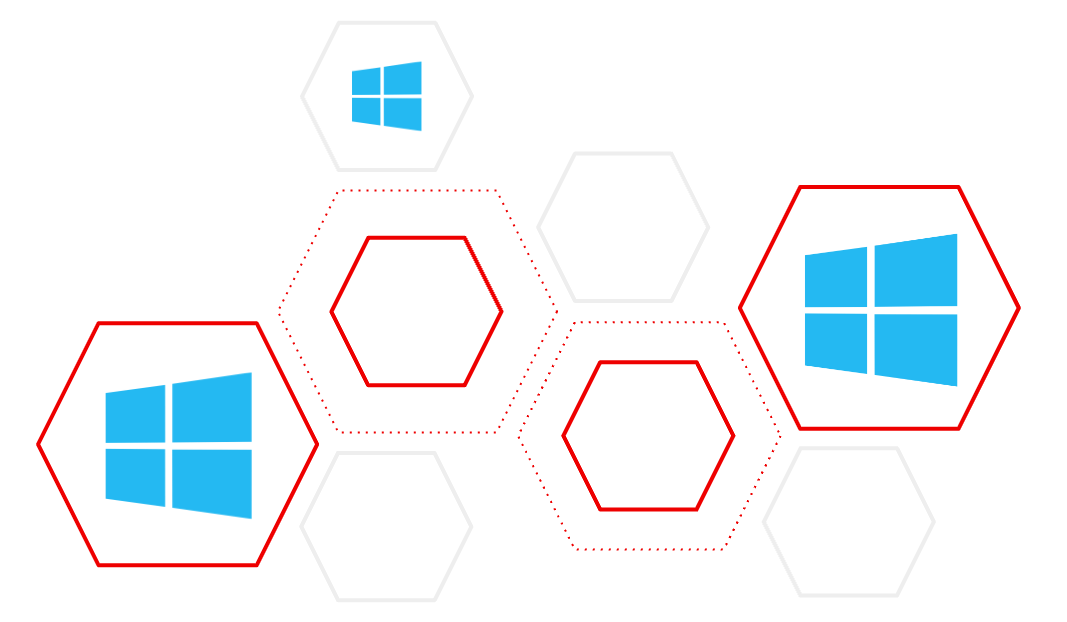Photo by Timelab on Unsplash In this tutorial I will show you how to configure automatic updates for containers in rootless Podman environments and how systemd manages these containers as services. The tutorial is divided into the following sections: If you are not interested in the possible use cases and would rather start right away, […]










